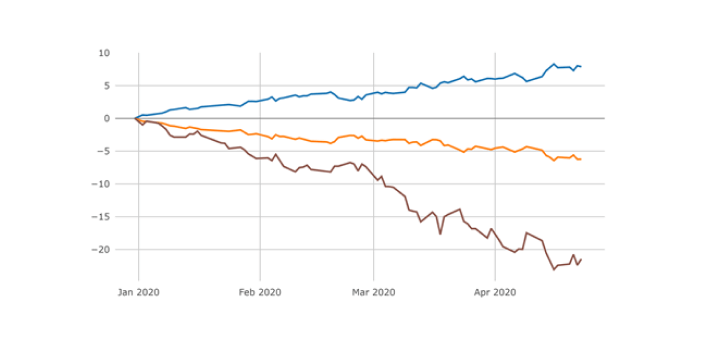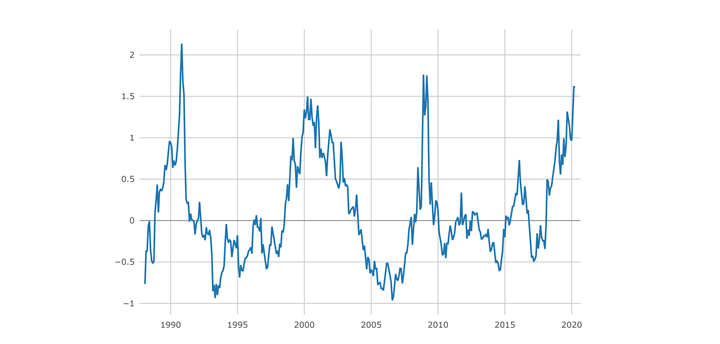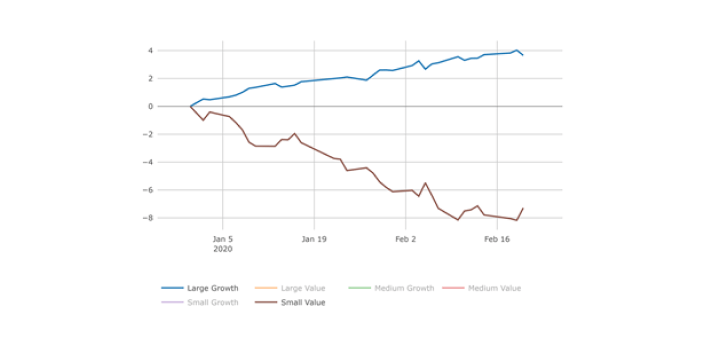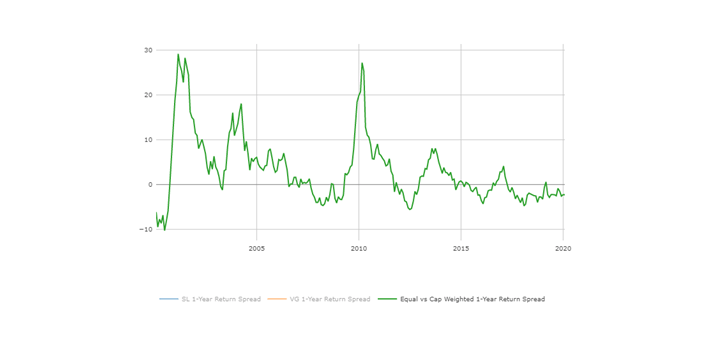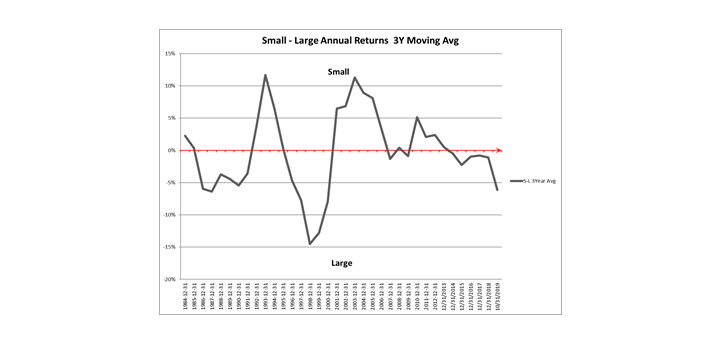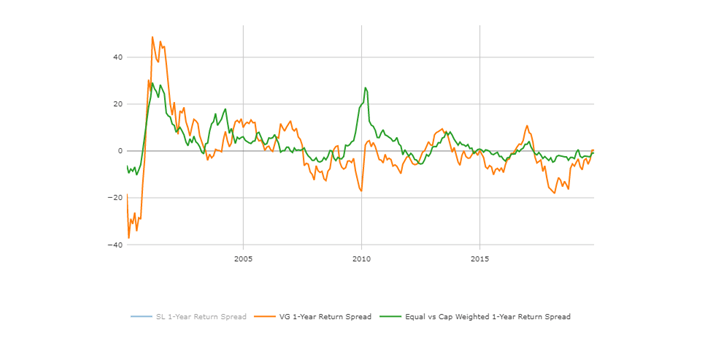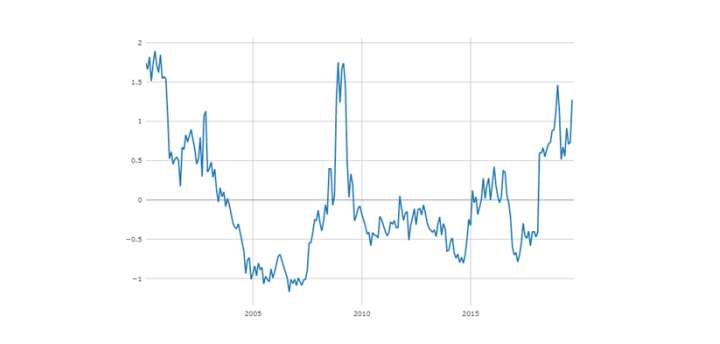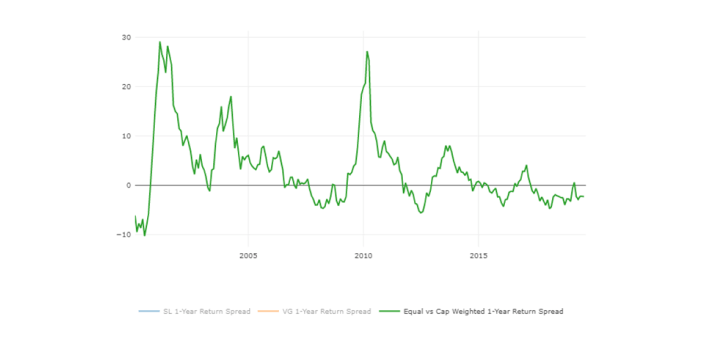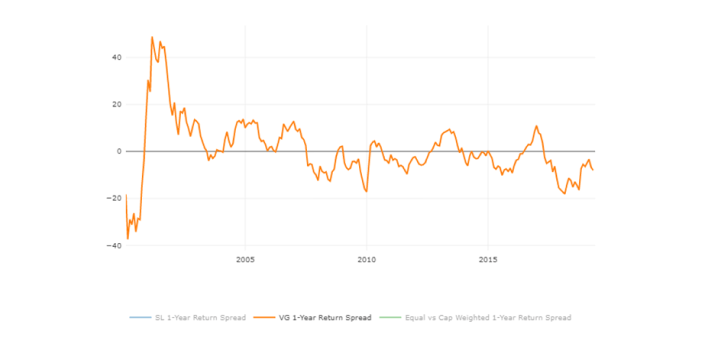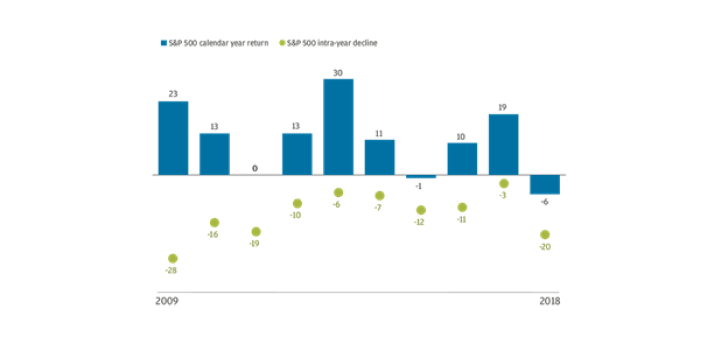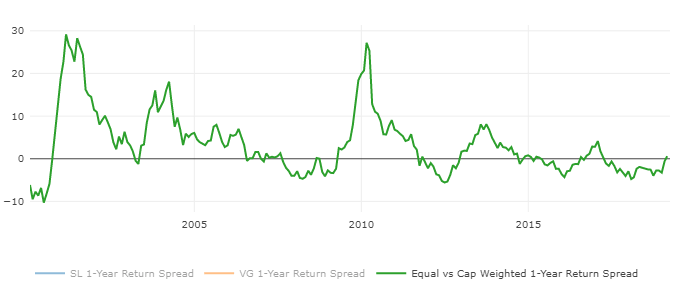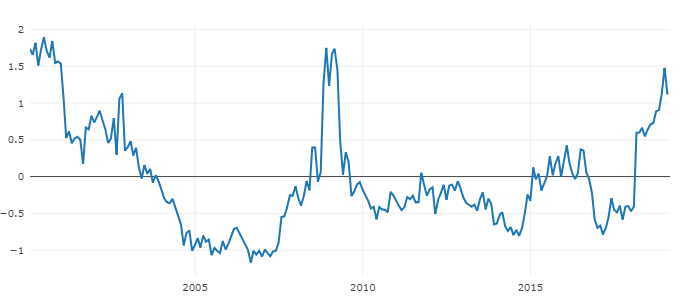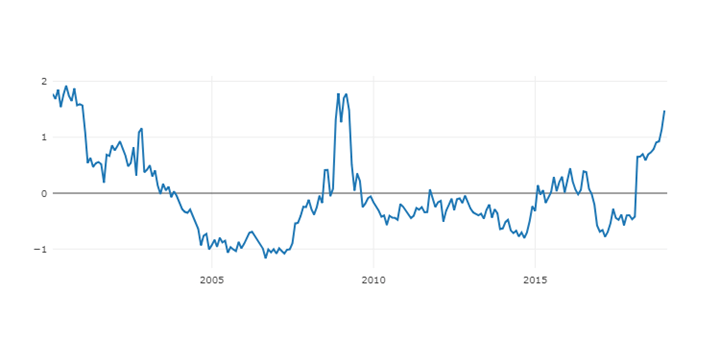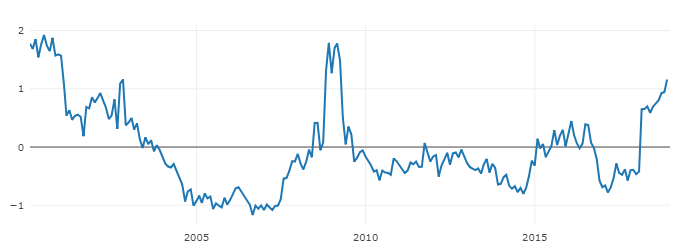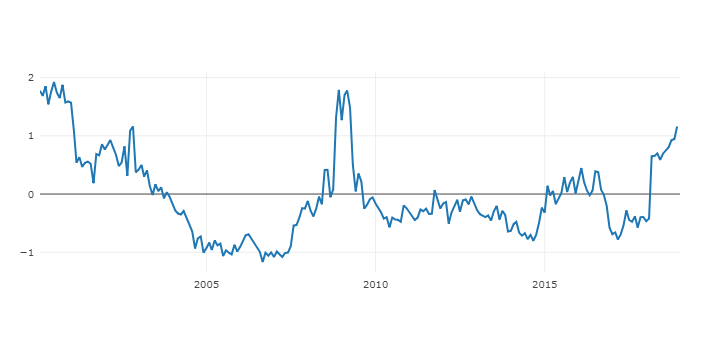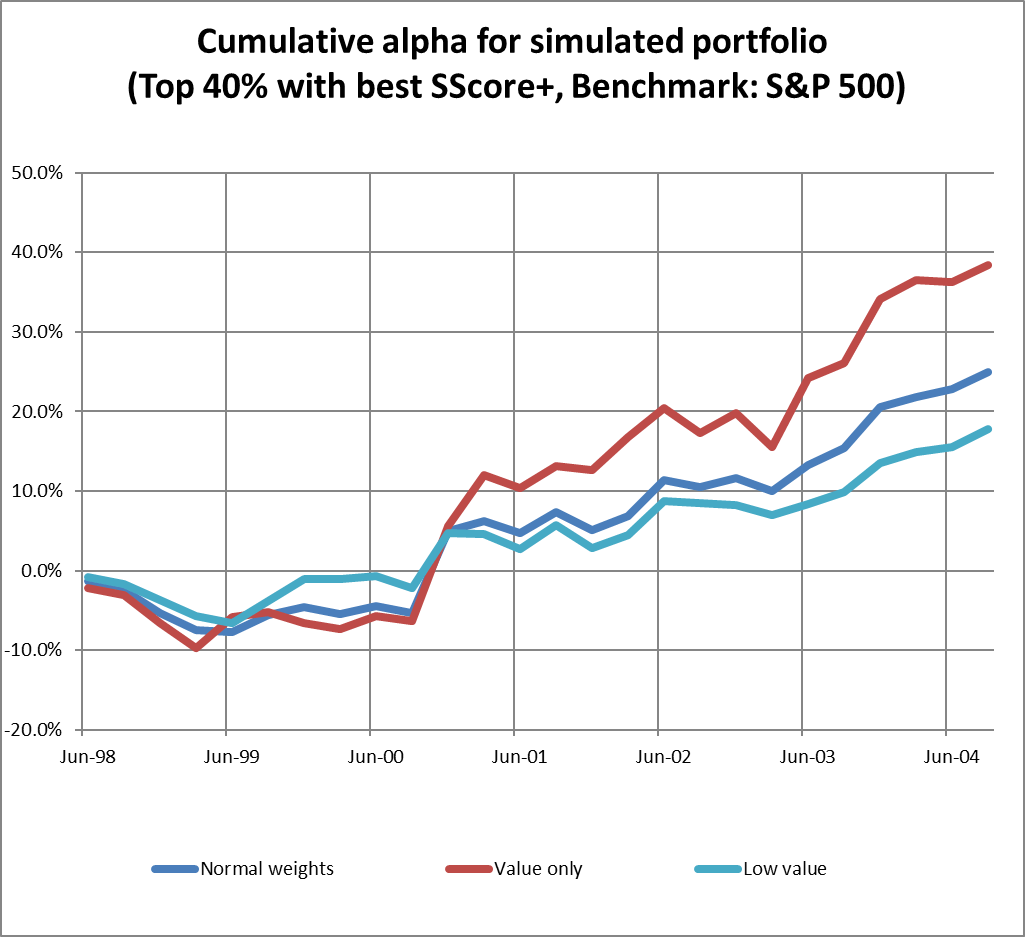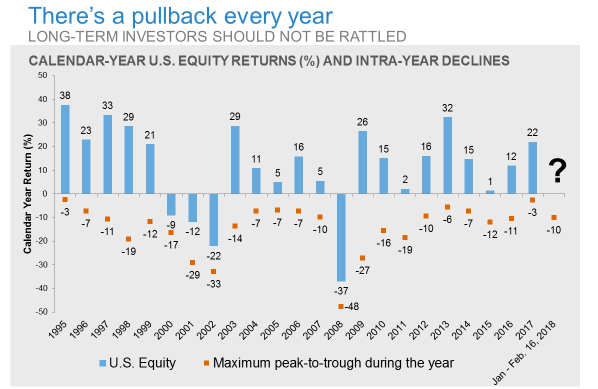Market Overview
We believe fundamentals drive long-term returns. Despite some ongoing worries about the pace of global growth, we think fundamentals are still supportive overall. Stay positive and keep long-term perspective!
US Economics
The US economy finished 2019 on a strong note. Recent improvement came from increases in housing starts, building permits, industrial production, and factory usage. On top of that, personal income rose by 0.5% in November, consumer spending grew by 0.4%, and the stock market climbed to one record high after another. All these indicate that the just-ended quarter extended a long business expansion. Not all of the news was good: existing home sales slowed in November and the leading economic indicators flattened out. Nevertheless, after respective GDP gains of 2.0% and 2.1% in the second and third quarters (with the latter period boosted by an upward revision in consumer spending), one could expect another 2% in the fourth quarter, despite some hiccups, thereby extending the expansion into a second decade. ?
Global Economics, Trade Deal and Brexit
With political uncertainties diminishing around the world (US-China Trade Deal, Brexit), we have grown more confident about global economic growth in 2020. Global GDP is tracking its slowest gain of the year in the fourth quarter, with manufacturing output set to decline. According to JP Morgan, incoming news does not point to a pickup, but is delivering a number of constructive signals for the year ahead. The recent slowing in service sector activity looks to be ending as the flash PMIs for services output and employment moved higher in December. Taken together with a pickup in global consumer confidence and solid November spending readings—from global auto sales, US consumption and China retail sales—this quarter’s slide in household demand may be ending. Business sentiment surveys are also starting to show improvement. The turn here is tentative but the coincident positive signals on capex from December surveys in the US, Germany and Japan are encouraging.
Stock Market
Stock market valuations are not cheap entering 2020. However, we believe the fundamentals are sufficiently strong for these record prices to likely be sustained and even improved upon if things break right. According to Goldman Sachs, the market valuation is fairly high judging by Price to Earnings or Book ratios, but if we take into consideration Price to Free Cash Flow – then US companies are still relatively cheap. So long as companies make money and produce healthy Free Cash Flow, the market can afford the valuations of current magnitude. Currently, there are no signs of FCF abating.
Investment Regime Changes
Window dressing (mutual and hedge fund managers buying stocks which have done well during the year) pushed Large Growth cohort up in the last couple weeks of the year despite the recent push for Value (See Value Growth Graph below). Small Caps and Value have been “laggards” for a very long time and investment regime change is well overdue by historic norms. From the graphs below – Valuation Spread (see below) is yet to descend to more normal historic levels. They cannot stay elevated forever, so our portfolios have been repositioned to capitalize on the potential regime change. Happy New Year!
Value Minus Growth 1 Year Return Spread (Source Signet FM):
Valuation Spreads (Source – Signet FM):
The information and opinions included in this document are for background purposes only, are not intended to be full or complete, and should not be viewed as an indication of future results. The information sources used in this letter are: WSJ.com, Jeremy Siegel, PhD (Jeremysiegel.com), Goldman Sachs, JP Morgan, Empirical Research Partners, Value Line, Ned Davis Research, Citi research and Nuveen.
| IMPORTANT DISCLOSURE:
Past performance may not be indicative of future results. Different types of investments and investment strategies involve varying degrees of risk, and there can be no assurance that their future performance will be profitable, equal any corresponding indicated historical performance level(s), be suitable for your portfolio or individual situation, or prove successful The statements made in this newsletter are, to the best of our ability and knowledge, accurate as of the date they were originally made. But due to various factors, including changing market conditions and/or applicable laws, the content may in the future no longer be reflective of current opinions or positions. Any forward-looking statements, information and opinions including descriptions of anticipated market changes and expectations of future activity contained in this newsletter are based upon reasonable estimates and assumptions. However, they are inherently uncertain and actual events or results may differ materially from those reflected in the newsletter. Nothing in this newsletter serves as the receipt of, or as a substitute for, personalized investment advice. Please remember to contact Signet Financial Management, LLC, if there are any changes in your personal or financial situation or investment objectives for the purpose of reviewing our previous recommendations and/or services. No portion of the newsletter content should be construed as legal, tax, or accounting advice. A copy of Signet Financial Management, LLC’s current written disclosure statements discussing our advisory services, fees, investment advisory personnel and operations are available upon request. |

















































